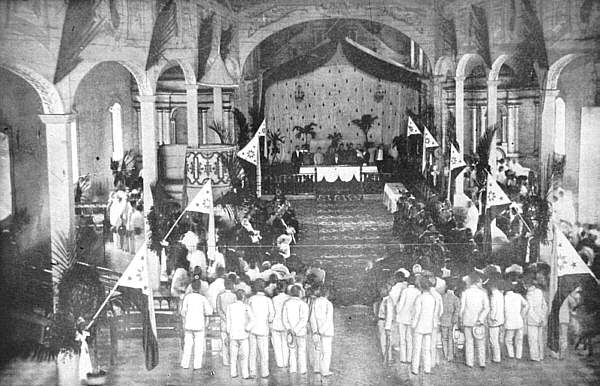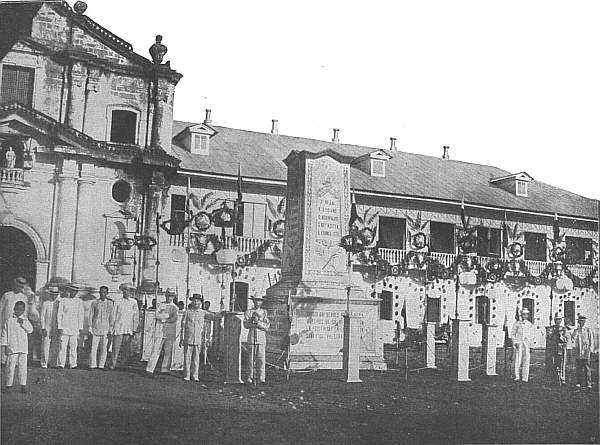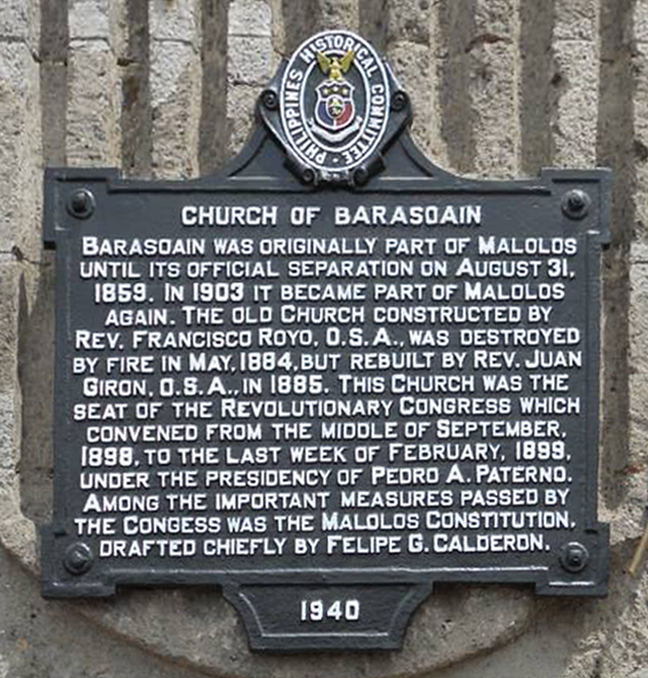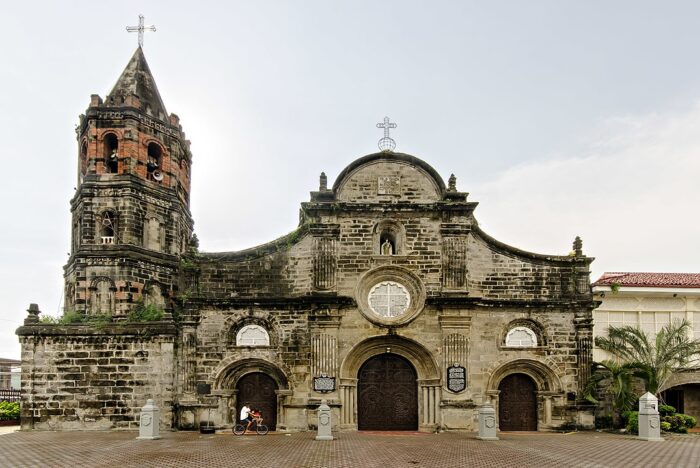Barasoain Church: A Historical and Cultural Landmark in Bulacan
Barasoain Church is a significant landmark located in Malolos, Bulacan, Philippines. It is a Roman Catholic church that was built in 1888 and is about 42 kilometers from Manila. The church is known for its historical importance and has been designated as the “Cradle of Democracy in the East.”
The church played a vital role in the country’s history and was the site of the First Philippine Republic’s inauguration. It is a symbol of the country’s struggle for independence and democracy. The church’s architecture is a blend of Gothic and Baroque styles, making it a unique and beautiful structure.
Today, Barasoain Church remains an important religious building in the Philippines and attracts tourists from around the world. Its historical significance and architectural beauty make it a must-visit destination for those interested in Philippine history and culture.
Historical Significance
Barasoain Church is not just a typical Catholic church and parish. It is a symbol of history, nationalism, heroism, and faith. The church has a rich and significant history that spans over four centuries.


The church was originally founded by Augustinian Missionaries and built for the Roman Catholic masses in Malolos, Bulacan, during the mid-1500s to early-1600s. However, it is most famous for being the site of the First Philippine Congress, which was held on September 15, 1898. During this historic event, the Malolos Constitution was drafted, which eventually led to the establishment of the First Philippine Republic on January 23, 1899.
Barasoain Church is also known as the “Cradle of Democracy in the East,” and it is the most important religious building in the Philippines. It played a crucial role in the Philippine Revolution against Spanish colonial rule and the subsequent Philippine-American War. The church was the site of the Inauguration of the Malolos Republic, which was the first constitutional republic in Asia, and the first government to be established after the Spanish colonial period.

The church’s historical significance is not limited to its role in Philippine politics and governance. It is also a testament to the Filipino people’s deep faith…
Click Here to Read the Full Original Article at Out of Town Blog…
